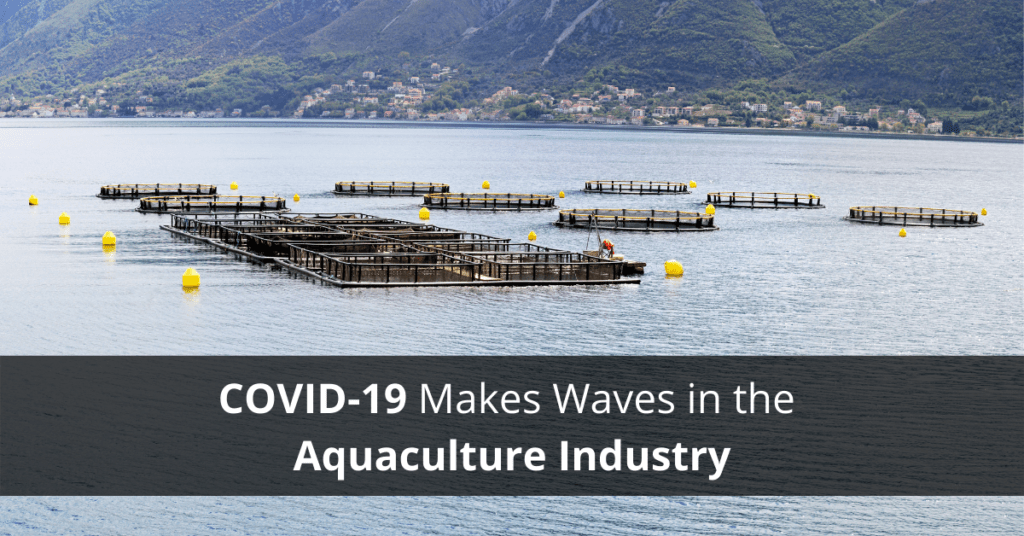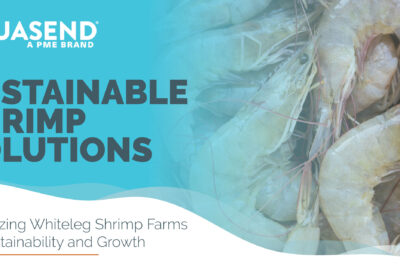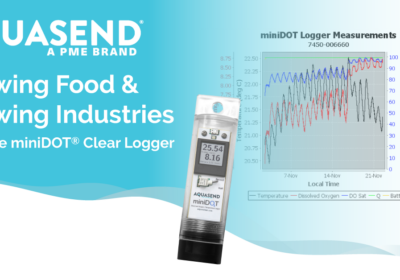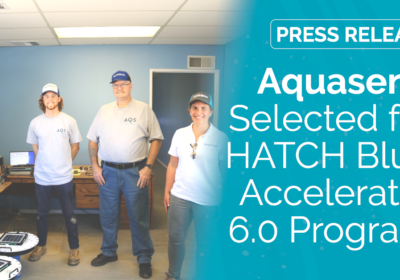COVID-19 Makes Waves in the Aquaculture Industry

COVID-19 has negatively affected individuals, companies, industries, and economies across the globe, and the seafood industry has been one of the hardest hit food sectors during the pandemic. The farming, harvesting, processing, and distribution of seafood each provide many jobs and boost local economies, all of which have been impacted by the pandemic. Some coastal communities are entirely reliant on the seafood industry for their main source of protein, jobs, and economic well-being.
Aquaculture Feels the Decrease in Demand
Restaurant closures, decreased workforce and travel, and reduced demand due to COVID-19 have all taken their toll on the aquaculture industry. Restaurants, international trade, and export are the biggest customers in the seafood sector. In the recent report released by the Food and Agriculture Organization (FAO), Manuel Barange, the director of FAO’s fisheries and aquaculture policy and resource section, said, “Export markets have been largely closed, except for frozen, marinated, smoked and canned fish, which have remained stable or seen growth during the lockdown…”. With strict travel restrictions in place and forced restaurant closures, aquaculture production is expected to decrease by 1.4% this year, even though 2020 was initially trending positive for aquaculture until COVID-19 hit.
Farms Experience Loss of Labor and Production Rates
Aside from decreased demand, many aqua farms are also experiencing a labor deficit as workers were, and continue to be, laid off or furloughed, and farms struggle to survive the pandemic. This has resulted in decreased capacity and increased labor time for production and post-harvest facilities. Certain species’ farms were impacted worse than others, for example: shrimp production in India is down by 30-40% while salmon continued to grow (just slower than they should have) until now, but the demand for salmon is predicted to drop at least 15%.
Economic Impact on Coastal Communities
Many small coastal communities rely on aquaculture or catch-fishing for their economic well-being as well as their food supply. Panic buying at the beginning of the pandemic skyrocketed the demand for canned or non-perishable food items, which was only beneficial for distributors that also sold canned and/or frozen seafood. The demand for fresh fish produced by aqua farms has fallen greatly since the beginning of COVID-19. The FAO report states, “In some parts of the Mediterranean and the Black Sea, more than 90 percent of small-scale fishers have been forced to stop fishing during lockdowns, despite being a primary food production sector, as they have been unable to sell their catches and/or as the prices of fish have dropped below a profitable level (Euronews, 2020).” A decrease in aquaculture activity and production will have extreme negative effects on these communities if this downward trend continues.
There’s Still Room to Breathe
At Aquasend we’re dedicated to helping aqua farmers create more efficient processes at their aqua farms, despite current challenges. Stay ahead of the curve and keep your farm healthy with the Aquasend Beacon®. Real-time water quality data monitoring alerts you instantly if dissolved oxygen or temperature levels fall below the optimized levels, allowing you to respond to issues quickly. This minimizes fish deaths on your farm, ultimately increasing your bottom line. Give your farm a breath of fresh air today by ordering your Beacon now!
If you’re interested in learning more about how an Aquasend Beacon® can benefit your farm, read about one farmer’s experience in our case study, Aquasend Beacon® at Global Organic Farm, Inc.


